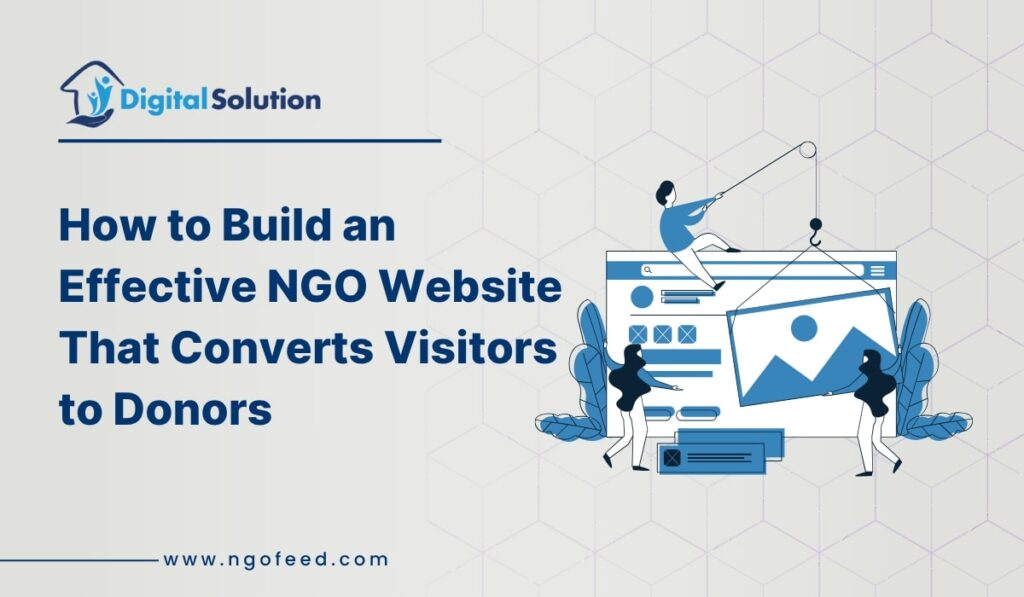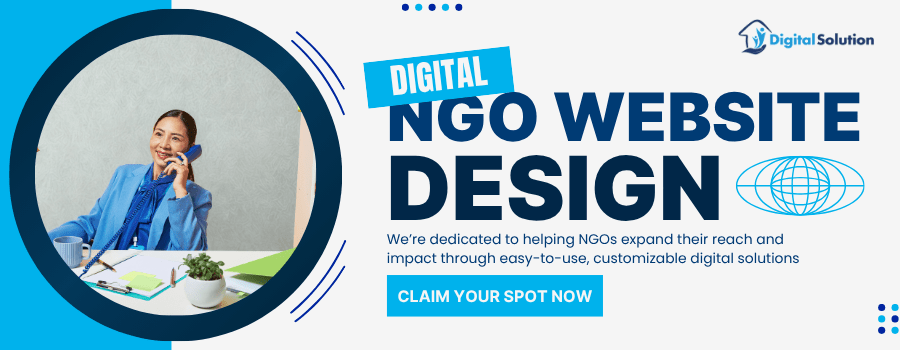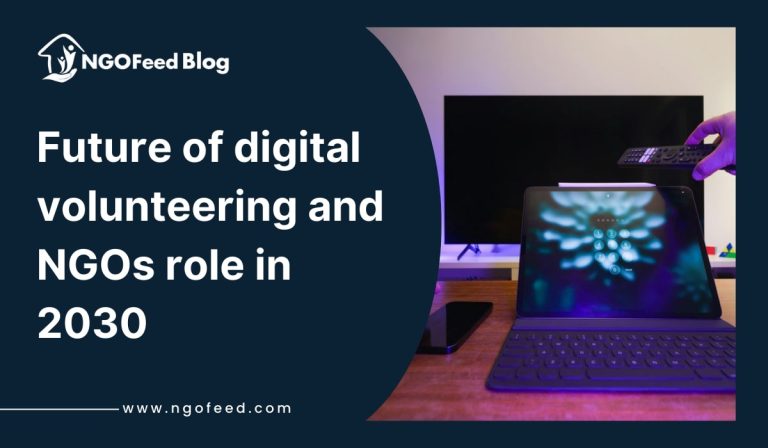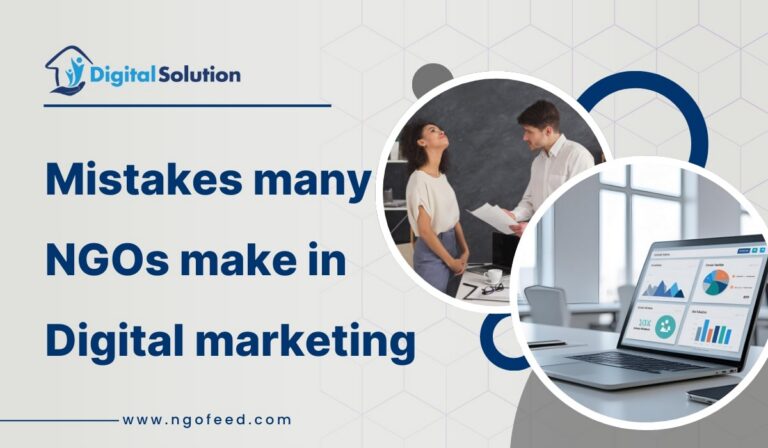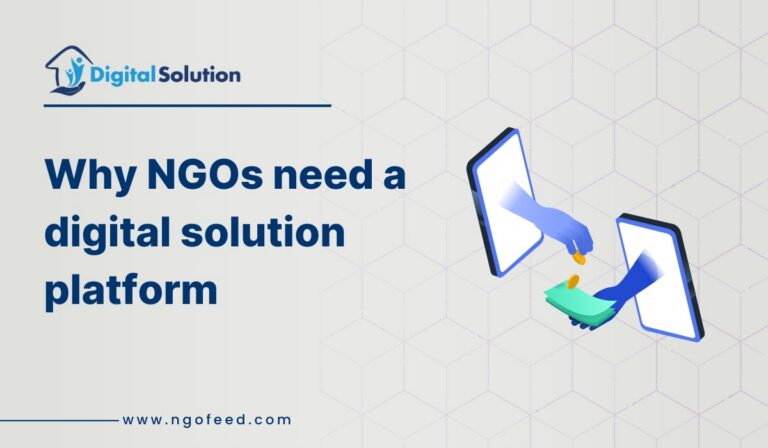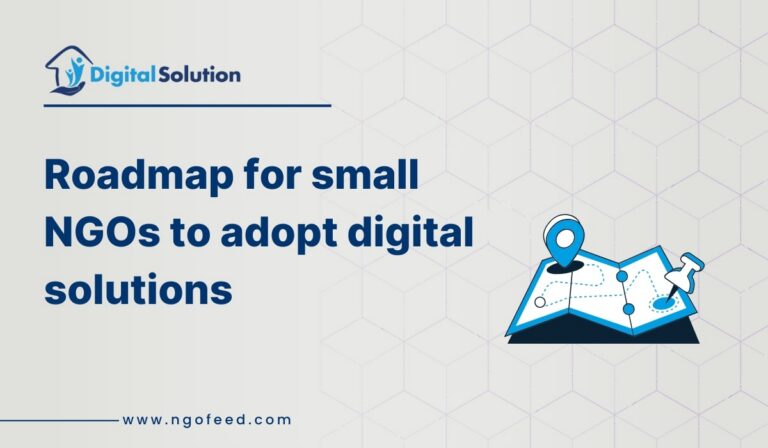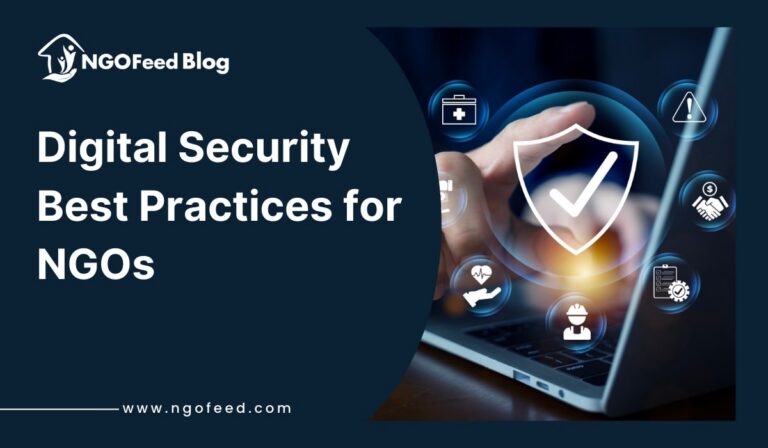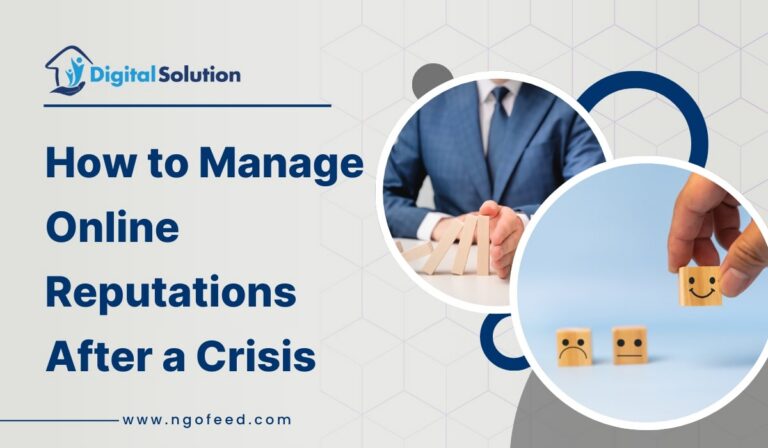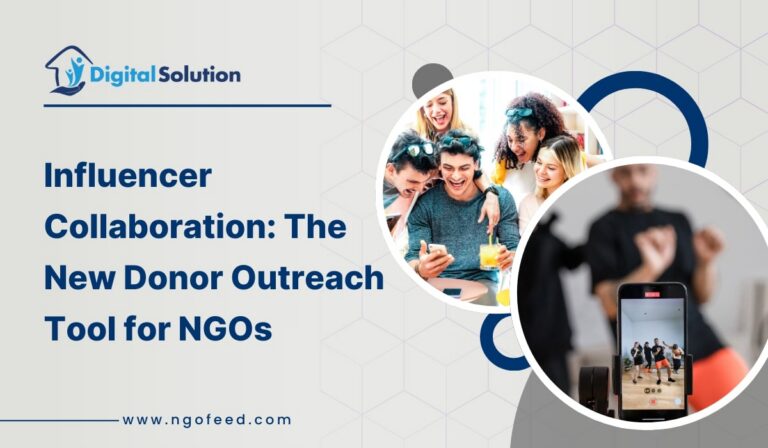How to Build Effective NGO Website That Converts Visitors to Donors: In today’s digital world, your NGO’s website may be the only way a potential supporter, volunteer, and donor interacts with your organization. Your NGO website should do more than inform; it should convince, engage, and be easy to navigate. Your NGO website has to build trust, clearly define your mission, and encourage visitors to take action, particularly donors.
While this can feel like an impossible task, this step-by-step guide will help you create a high-conversion NGO website that achieves your goals.
Table of Contents
How to Build Effective NGO Website That Converts Visitors to Donors
Before design and content writing, ask yourself the following: What goals do you want to achieve with your website?
1. Develop Clear Website Goals
Typical goals may include:
- Raising awareness about your cause
- Encouraging donations
- Recruiting volunteers and members
- Publishing reports and success stories
- Building an email list and communities
If you are able to identify your website goals at the outset, these will drive the content, design, and calls to action (CTAs) in your new website.
Also Read: Board Development for NGOs
2. Know Your Audience
To effectively tell your story, you need to know who your prospective donors and supporters are, including their:
- AGE
- ECONOMIC STATUS
- USAGE PATTERNS (mobile v/s desktop)
- EMOTIONAL TRIGGERS AND MOTIVATORS
You can develop donor personas to represent audience segments and help you and the entire team visualize what your audience looks like so you create the site experience for them.
3. Create an Interesting Homepage
Your homepage is your organization’s digital front door. And first impressions matter.
Which makes sense when you realize that the most important part of an effective homepage has to do with the hook, for example:
- Clearly articulate your Mission Statement and do it in one sentence.
- Use visuals that show real people or videos and the impact, in a way that resonates emotionally and with curated images.
- CTAs – Calls to Action: this can include several large buttons such as “Donate now”, “Join us” or “Become a Child Sponsor,” repeated in different menus.
- Navigation Menu: should be clear and simple to follow. Your homepage will have easy to get direct links to sections such as: About, Projects, Donate, Contact etc.
- Social Proof: Show donor logos, partner NGOs or awards won to build trust among the people.
4. Make an Effective “About Us” page
This is one of the top-visited pages on NGO websites, especially for first-time visitors.
Also Read: Nonprofit Storytelling
Must include:
- Your Story: How and why your NGO was launched.
- Your Mission and Vision: Clearly defined and relatable.
- Meet the Team: Images and description build trust and humanize your organization.
- Transparency: Include links to your financial statements, annual report, or governance manuals.
5. Create a Streamlined Donation Process
If donations are your primary conversion goal, then your donation page is the most important page on your website.
Optimizing donations:
- Keep it Simple: Keep your form short: name, email, amount and payment method.
- Provide Amount Suggestions: By providing suggested amounts (e.g. ₹500, ₹1000, ₹2000), you guide their decision-making process.
- Show Impact Per Amount: For example, with ₹1000, “You’ll provide books for 10 children.”
- Provide Automated Recurring Donations: Contribute monthly so you can start to have some stability with giving.
- Use a Secure Payment Gateway: Use a secure payment gateway like Razorpay, PayPal, Stripe etc.
- Consider Mobile Donations: A high percentage of people donate with a mobile phone.
- Bonus Tip: A/B test lay-out of donation form and use different labels on the button, such as, “Change Lives Now” instead of “Donate”.
6. Present Your Success Stories and Impact.
People want to give when they think their money will truly make a difference in somebody else’s life. Stories create an emotional connection and build trust. Use the following formats:
- Written Testimonials: Capture the stories of people who benefited from your work and even volunteers.
- Before and After Pictures: Visually powerful evidence of your work.
- Impact Statistics: For example, “We’ve provided 3,000 girls with an education since 2020.”
- Video Stories: People love to watch very short videos and will likely share them.
It is important to share your stories on your homepage, blog, donation page and social media.
Also Read: How NGOs Can Adopt Agile Methodology: Scrum for Social Good
7. Use Effective Calls-to-Action (CTAs)
Your website should walk the visitor through a sequence of steps toward specific actions.
Best Practices:
- CTAs above the Fold – The first screen they see, should be a CTA.
- Consistent placement – The banner at the top, within the content, and one at the bottom.
- Actionable Text – Ex. Help Now, Feed a Family and Start a Child’s Education.
- Color contrast – Make buttons pop and stand out.
Information overload leads to confusion for visitors. Limit to 1-2 actions per page.
8. Include a Blog or News Section
Blogging is a great way to create dynamic content and is good for SEO (Search Engine Optimization).
Blog Posting Ideas
- Project updates and field reports
- Behind-the-scenes from the organization
- Personal stories from volunteers
- Current news related to your cause
- Spotlight on donors
Think about closing each blog post with a call to action (CTA), i.e. “Donate Now to support more stories like this.”
9. Use Trust Signals
For people to give money online, they need to be confident.
Ways to establish trust include:
- Certifications & Registrations: Cite 80G, 12A, FCRA or other certifications.
- Badges from third parties: include GuideStar, GiveIndia etc.
- Transparency: publish audited statements and annual reports.
- Donor testimonials: use feedback, from completed or repeating donors,
Be sure to incorporate these across the site—footer, About and donation page.
Also Read: How to Tell NGO Stories Without Exploiting Pain
10. Optimize for Mobile
Over 60% of web traffic in India is from mobile.
Checklist for mobile optimization includes:
- Responsive design.
- Faster speed.
- Easy navigation, larger button.
- Mobile-friendly donation form.
- No popups blocking the content on the screen.
You can check your website on Google using their Mobile-Friendly Test.
11. Use SEO to Increase Organic Traffic
Without visibility, even the best website isn’t going to make any leads.
Basic SEO tactics include:
- Keyword Research: Use keyword tools such as Google Keyword Planner to find terms such as “NGO for girl education” or “Donate to orphanage in India.”
- On-Page SEO: Use keywords in your page titles, headers, URLs and meta-descriptions.
- Internal linking: Link pages to other pages, and link blog-posts to each other.
- Image optimization: Use appropriate alt text for images. Take time to compress images for fast loading.
Don’t forget to submit your site to Google Search Console, and submit an updated sitemap.
Also Read: How to Attract International Donors: SEO Tips for NGOs
12. Onboard and Engage Email Collection
Email marketing is still one of the very best ways to fundraise.
How do you create an email list?
- Have newsletter sign up forms (offer a free report or impact update).
- Utilize pop-ups or slide-ins with clear CTAs.
- Collect emails from people who are donors or volunteers (with their permission).
How to nurture your list:
- Send monthly newsletters
- Share behind the scenes stories
- Promote campaigns or urgent appeals
You could use a service like Mailchimp or ConvertKit to automate this process easily.
13. Enable Social Media Sharing and Integration
Give your website visitors a way to amplify your message.
Social media best practices:
- Use sharing buttons on blog posts, campaigns, and donation confirmation pages.
- Embed social feeds to highlight activity and build credibility.
- Determine how you can use storytelling formats, such as reels or carousels, to re-purpose content from your website.
- Engage visitors in hashtag campaigns or behind challenges linking to your website.
Visitors who don’t donate this time might share your fantastic cause with another donor in person or on social media.
14. You can’t improve what you don’t measure. Use web analytics to:
Track:
- Visitor numbers
- Bounce rate (are users leaving too quickly?)
- Conversion rate on donation pages
- Traffic sources (social, search and referral)
- Behavior flow (where do users drop off?)
You can do this with tools like Google Analytics, Hotjar and Meta Pixel.
15. Speed, Security and Updates.
Technical performance also affects user experience and SEO.
Also Read: How to Promote Your NGO on Social Media
Must-do technical aspects:
- Choose reliable hosting with fast loading speeds.
- Install SSL certificates (https for security)
- Update plugins, themes, and CMS regularly
- Use a content delivery network (CDN) if you have global donors
Also, run regular backups to avoid losing critical data.
Conclusion: Your Website is Your Digital Fundraising Engine
An effective NGO website is more than just an online brochure. It’s your 24/7 fundraiser, storyteller and community builder. By focusing on clarity, emotional connection, seamless user experience and strong calls-to-action, you can turn casual visitors into lifelong supporters.
Whether you’re a small grassroots organization or a large international NGO, investing time and thought into your website can result in better donor engagement and ultimately, more overall impact.

